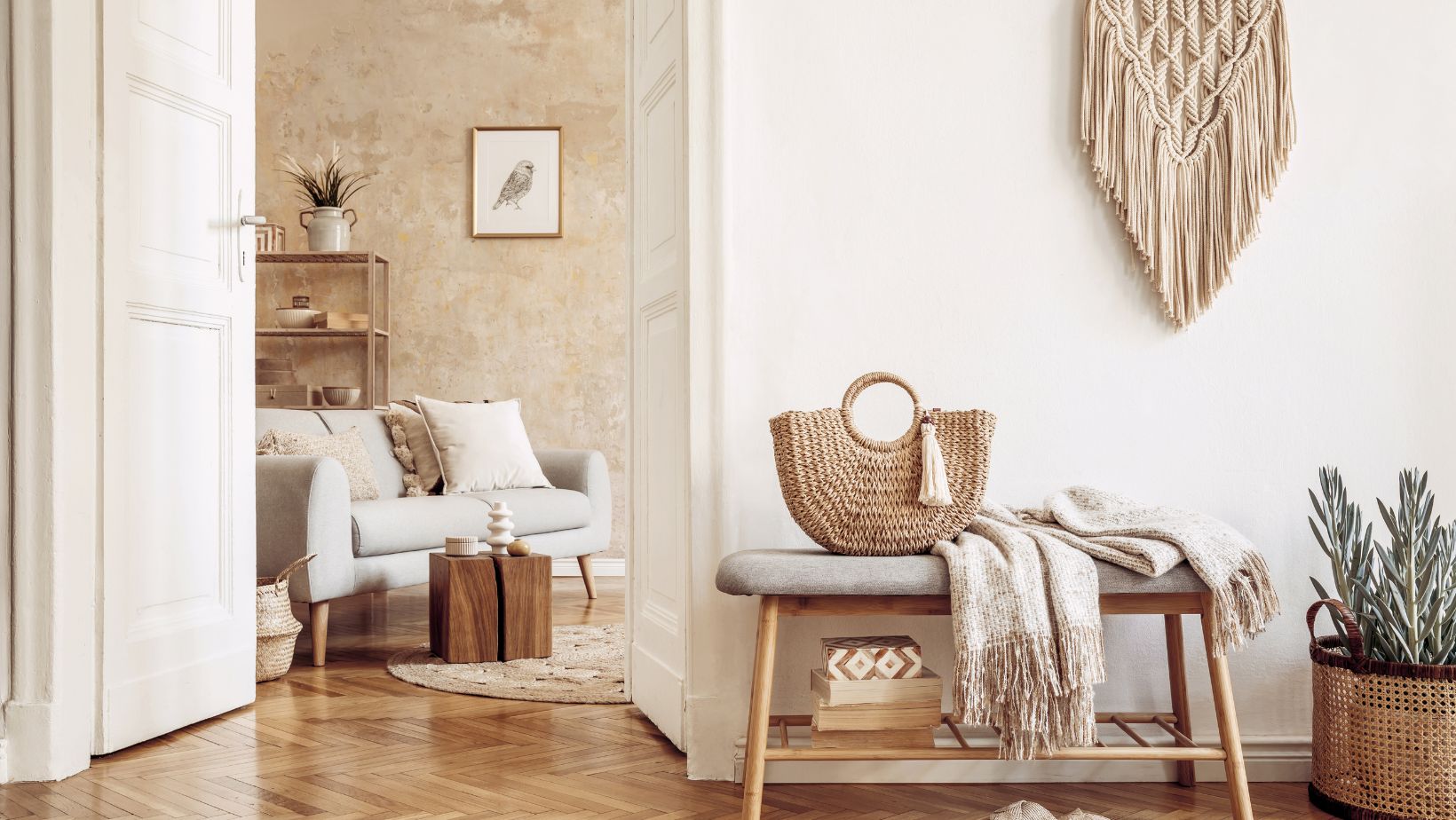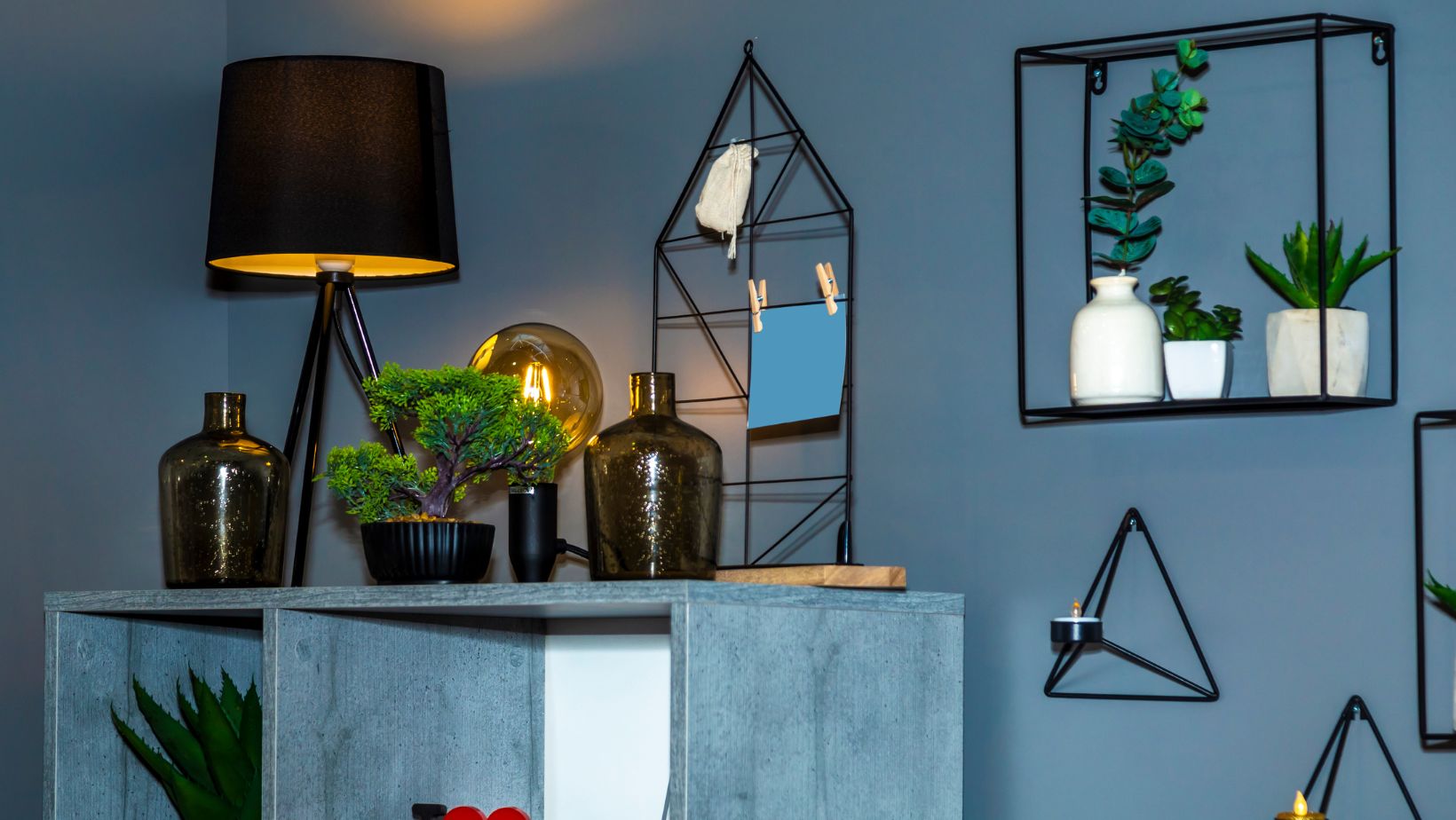Home decor is more than just aesthetics; it’s a reflection of who we are. I’ve always believed that our living spaces should evolve with us, adapting to our changing tastes and lifestyles. That’s where dynamic home decor comes into play. It’s all about creating a flexible environment that can shift with the seasons, trends, or even our moods.
Imagine walking into a space that feels fresh and inviting every time. By incorporating versatile elements like interchangeable textiles, modular furniture, and statement art pieces, I can transform my home effortlessly. In this article, I’ll explore how dynamic decor can breathe new life into your space and inspire creativity, making every corner of your home a true expression of you.
Key Takeaways
- Dynamic Home Decor Concept: Emphasizes adaptability, allowing your living space to evolve with your tastes, moods, and seasonal changes.
- Key Elements: Incorporate interchangeable textiles, modular furniture, and rotating statement art pieces to maintain freshness in your space.
- Color and Texture Importance: Use seasonal palettes and textured fabrics to enhance visual appeal and create a dynamic atmosphere.
- Functional Benefits: Modular and multifunctional furniture improves space utilization, catering to various activities while keeping your home practical.
- Mixing Styles: Combine different design elements for depth and character, ensuring that your decor reflects your unique taste.
- Seasonal Adaptability: Regularly update textiles and furniture arrangements based on the season to keep your home feeling vibrant and relevant.
Dynamic Home Decor
Dynamic home decor refers to a design approach that emphasizes adaptability and personalization in interior spaces. This concept prioritizes materials and furnishings that can be easily updated or rearranged to keep the environment fresh. Dynamic home decor encourages me to align my living space with my evolving preferences, moods, and seasonal changes.
Key elements of dynamic home decor include:
- Interchangeable Textiles: Utilizing slipcovers, cushions, and curtains allows me to change colors and patterns effortlessly, enhancing the space’s overall aesthetic.
- Modular Furniture: Choosing furniture that can be rearranged or combined in various configurations provides versatility, catering to different activities or gatherings.
- Statement Art Pieces: Incorporating art that I can rotate or change keeps the decor visually stimulating and reflective of my current interests.
By embracing dynamic home decor, I create an inviting atmosphere that embodies my uniqueness. It promotes creativity and offers endless opportunities for expression, ensuring my home remains a true reflection of who I am.
Key Elements of Dynamic Home Decor
 Dynamic home decor thrives on adaptability, enabling spaces to reflect changing tastes and styles. The right elements create an inviting atmosphere, ensuring homes remain vibrant and personal.
Dynamic home decor thrives on adaptability, enabling spaces to reflect changing tastes and styles. The right elements create an inviting atmosphere, ensuring homes remain vibrant and personal.
Color Schemes
Color schemes play a crucial role in dynamic home decor. They can transform a space quickly through seasonal palettes or trending hues. Neutral bases paired with bold accent colors create versatility and visual interest. For example, I often use pops of vibrant colors in throw pillows or decor items to refresh the look without a complete overhaul. Rotating colors with seasons keeps the environment lively and engaging.
Textures and Materials
Textures and materials contribute significantly to the dynamic feel of a home. Incorporating a mix of fabrics such as linen, velvet, and wool adds depth and tactile interest. I prefer using textured throws and cushions to elevate comfort while maintaining style. Changing materials—like replacing heavy curtains with sheer ones in summer—enhances lightness and agility in a room.
Furniture Arrangement
Furniture arrangement is essential for encouraging flexibility in design. Modular furniture offers adaptability, enabling me to rearrange layouts easily. Changing the orientation of seating or placing furniture in new configurations can drastically alter the atmosphere. I often reposition my furniture to create new focal points, which breathes fresh life into familiar spaces, ensuring my home reflects a continual evolution of style.
Benefits of Choosing Dynamic Home Decor
Dynamic home decor offers numerous advantages that elevate living experiences. It fosters creativity and personalization while enhancing both aesthetics and functionality.
Enhancing Aesthetic Appeal
Dynamic home decor significantly enhances visual appeal. Vibrant color schemes and diverse textures create a lively atmosphere, making spaces feel more inviting. Interchangeable textiles, like throw pillows and curtains, allow quick updates that refresh a room’s look without extensive renovations. Rotating statement art pieces adds intrigue, ensuring that spaces never feel stale or monotonous. This adaptability not only keeps the decor engaging but also reflects personal style, crafting an environment that is uniquely mine.
Improving Functionality
Dynamic home decor also improves functionality within the space. Modular furniture provides versatility, allowing me to rearrange pieces based on occasion or need. This flexibility enables optimal space utilization, adapting to various activities like entertaining guests or enjoying quiet evenings. Utilizing multifunctional furniture, such as sofa beds or storage ottomans, further maximizes space while ensuring comfort. This approach transforms rooms into functional areas that meet diverse lifestyle demands, keeping my home practical and efficient.
Tips for Implementing Dynamic Home Decor
Dynamic home decor thrives on creativity and adaptability. I find that following a few strategic tips helps to create an inviting and flexible space.
Mixing Styles
Mixing styles adds depth and character to any room. I prioritize combining various design elements, such as traditional and modern pieces, to create a harmonious balance. I select a base style, then incorporate contrasting items like a vintage table paired with contemporary chairs. This approach maintains visual interest while reflecting my unique taste. I utilize patterns and colors that complement each other to unify the look. Layering accessories, like eclectic throw pillows or diverse artwork, enhances the mix and keeps the space engaging.
Seasonal Changes
Adapting home decor seasonally ensures my living space feels fresh and relevant. I keep a rotation of textiles, such as lightweight throws for summer and heavier blankets for winter. Updates can occur with simple changes, like switching out cushion covers or adding seasonal decorations. Specific elements, like floral arrangements in spring or warm-toned accents in fall, create a cohesive seasonal theme. I also shift furniture arrangements to accommodate activities unique to each season, whether it’s larger gatherings in cooler months or open layouts for summer entertaining. This versatility keeps my home inviting and responsive to the changing environment.
Enhancing Aesthetic Appeal of Home
Embracing dynamic home decor has transformed how I view my living space. It’s all about creating an environment that resonates with my personal style while adapting to my ever-changing needs. By incorporating versatile elements like interchangeable textiles and modular furniture, I can easily refresh my surroundings and maintain a vibrant atmosphere.
This approach not only enhances the aesthetic appeal of my home but also improves its functionality. I love the freedom to rearrange furniture or swap out decor, keeping my space engaging and inviting. Ultimately, dynamic home decor allows me to express my creativity and individuality, ensuring my home feels like a true reflection of who I am.
